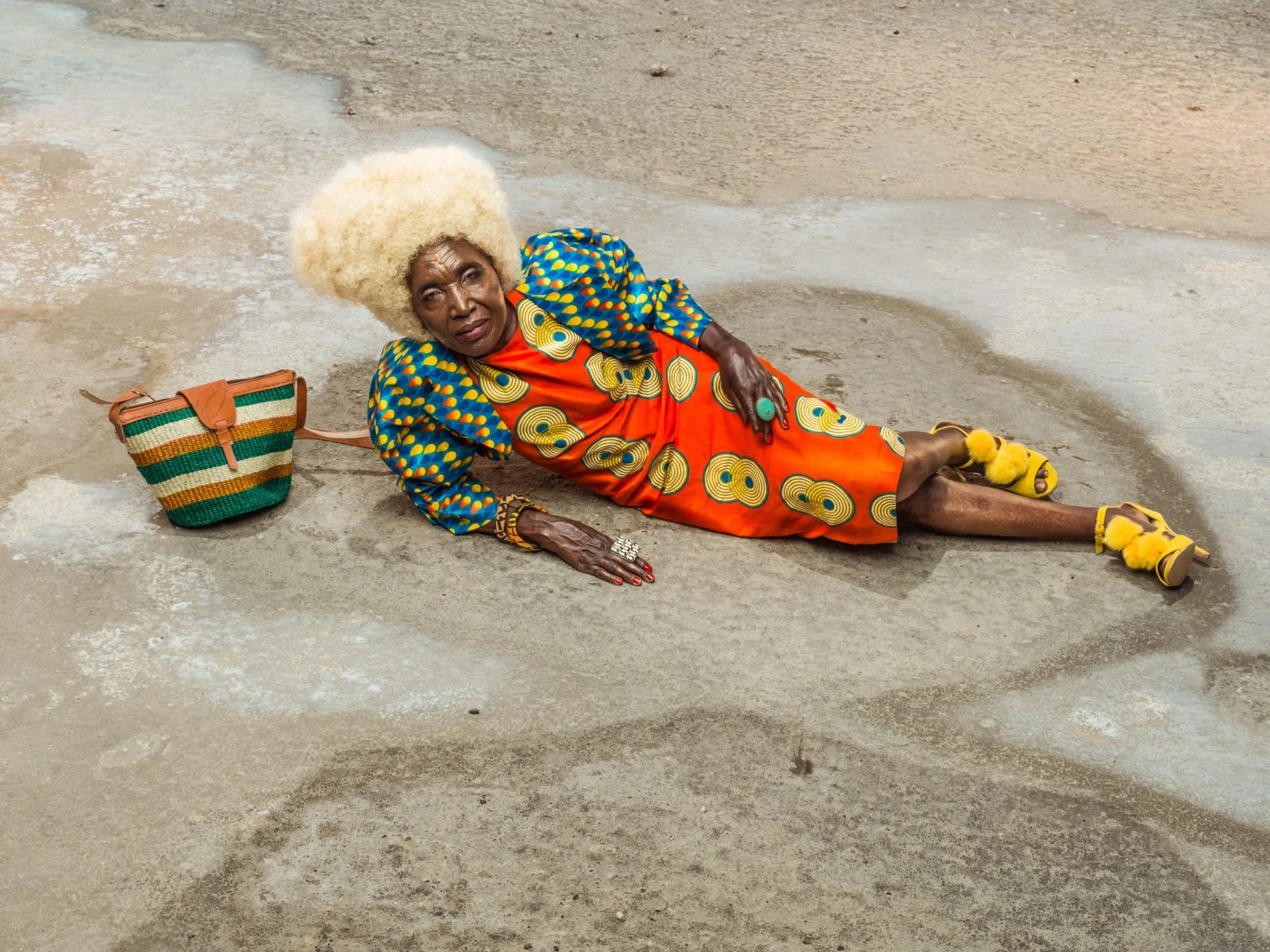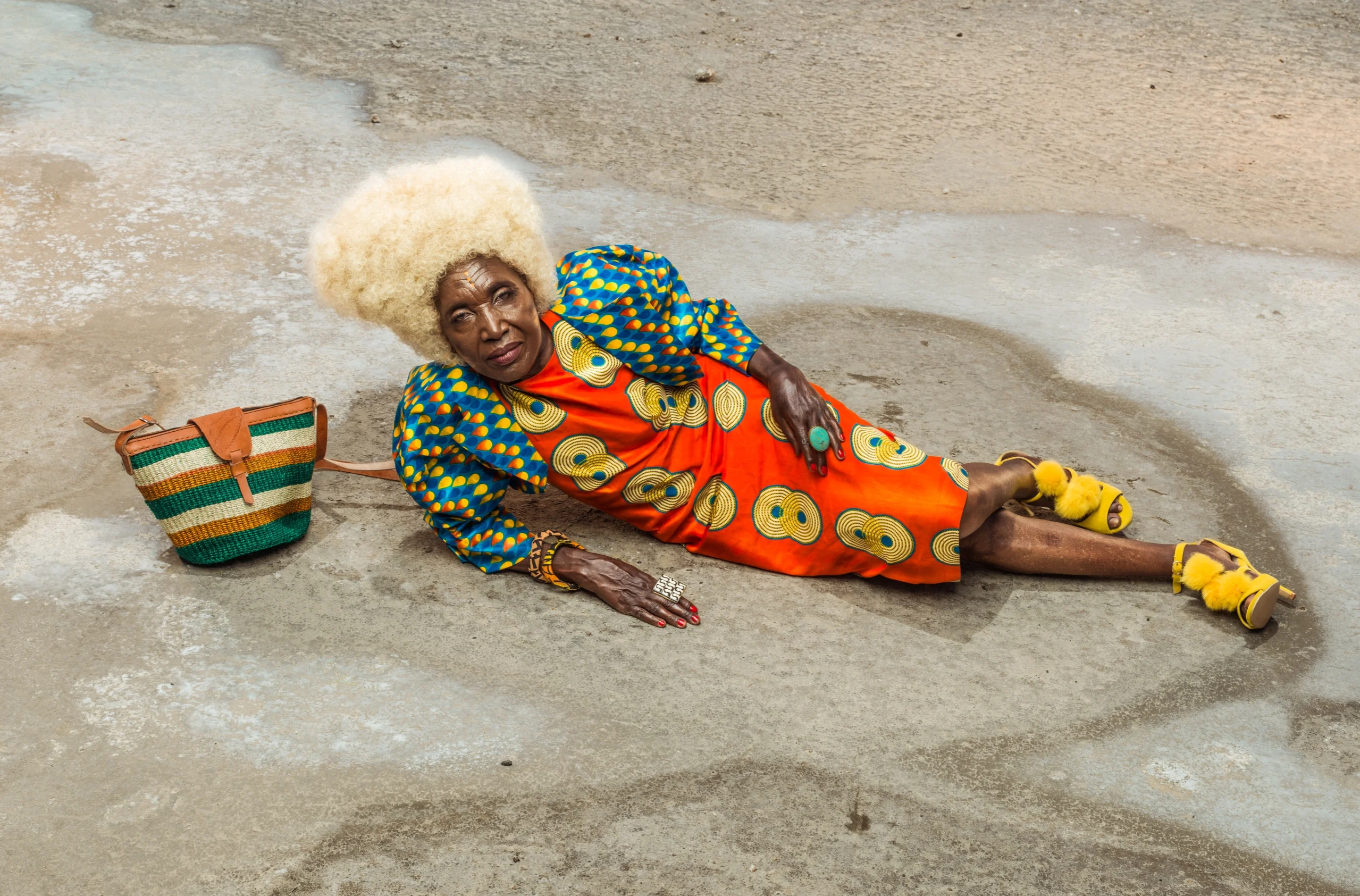
Self-taught Kenyan photographer Osborne Macharia makes intriguing surrealist photo series which tell the most remarkable stories. In his talk during this year’s Design Indaba festival in Cape Town, he delighted the audience with his curious characters, taking us through their life stories one by one.
From a group of retired female government officials now embracing new kinds of lives, to an underground fight club in downtown Nairobi exclusively for short people, each series is more intriguing than the last. You can’t help wonder, where does he find these subjects? And how?
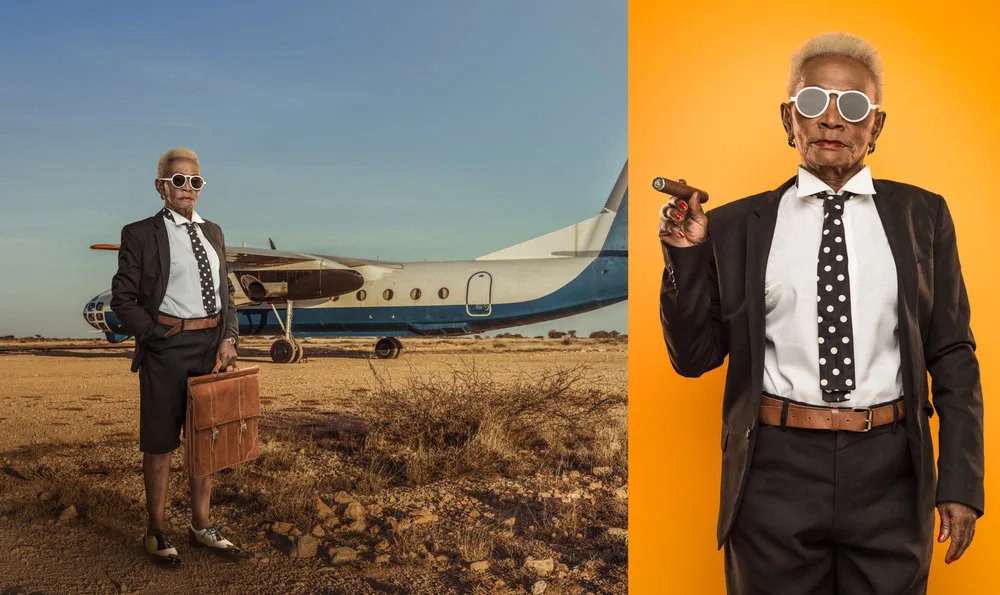
As it turns out, he doesn’t. They aren’t documentary series; Osborne makes them up. “They are just random stories. I might have dreamed about it and the narrative will just come to my mind. Or I start with a visual and look for an anecdote that might complement it.”
His photos are part of the afro-futurism movement, a creative conversation changing the way we think about a continent so often mired in out-of-date ideas. “Afro-futurism is predicting a different kind of future, a positive future,” Osborne says.
And so by building fantastical and unbelievable characters, Osborne breaks out of the stereotypes of his country and continent. He shows there’s a different way of looking at his world – and uses fiction to build these new ways of thinking.
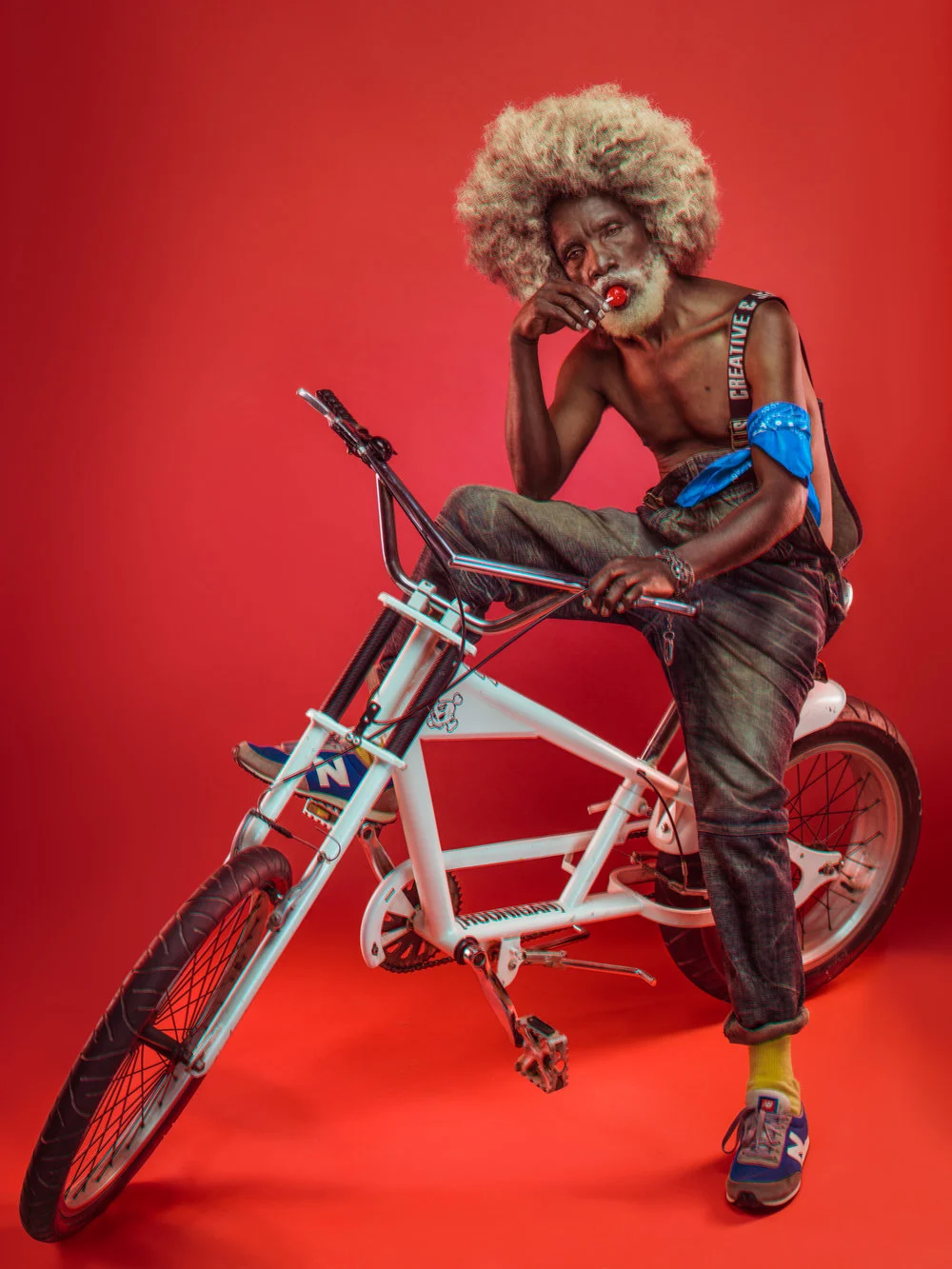
Even though his work is surreal, the viewer can engage with the people in the imagery. Osborne works with an eclectic array of “models”, certainly not the skinny white women which dominate the ad industry.
“The images you usually see today only have good looking people,” he says. “Instead, I’m always looking for models that you might see on a day-to-day basis, to prove that anyone can look beautiful, no matter your age or where you come from.”
During his talk at Design Indaba, he unveiled showed his latest series Magadi. In the series we see elderly ladies in colorful robes, fiercely posing like fashion models against a strange desert-like backdrop.
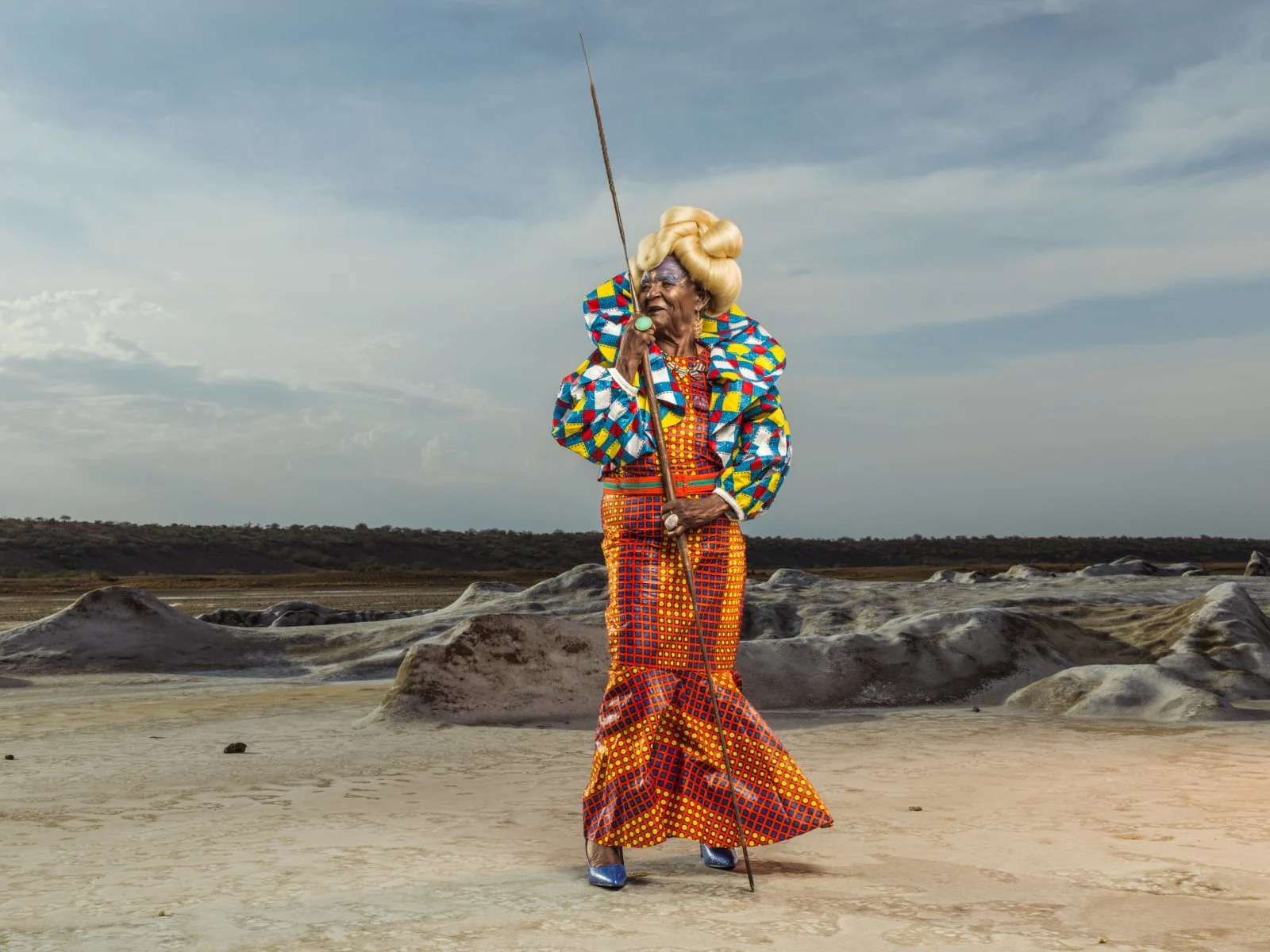
Magadi is about an imagined group of women who used to work circumcising babies. They then set up a collective which rescued young girls fleeing forced marriages, and re-trained them as fashion designers. The idea for this seemingly strange idea, was very much encouraged by Osborne’s mum.
“She’s an activist and she was super-excited hearing about it. She said I had to do it,” he says.
Also at Indaba, Osborne debuted his first music video for Blinky Bill’s track Atie. The Magadi grannies are the leading characters, fluently accompanying the alternative beats of the musician.
Osborne explains that the project came about very naturally; he always made behind-the-scenes videos of his shoots and wanted to do more with them. To him, directing a music video wasn’t necessarily different from directing a photoshoot; once you get the angles and the lighting right, things just flow.
What’s extraordinary about his director’s debut is that the characters come to life, allowing us to immerse ourselves in the fantastical world of these superbly sassy fashion grannies.

